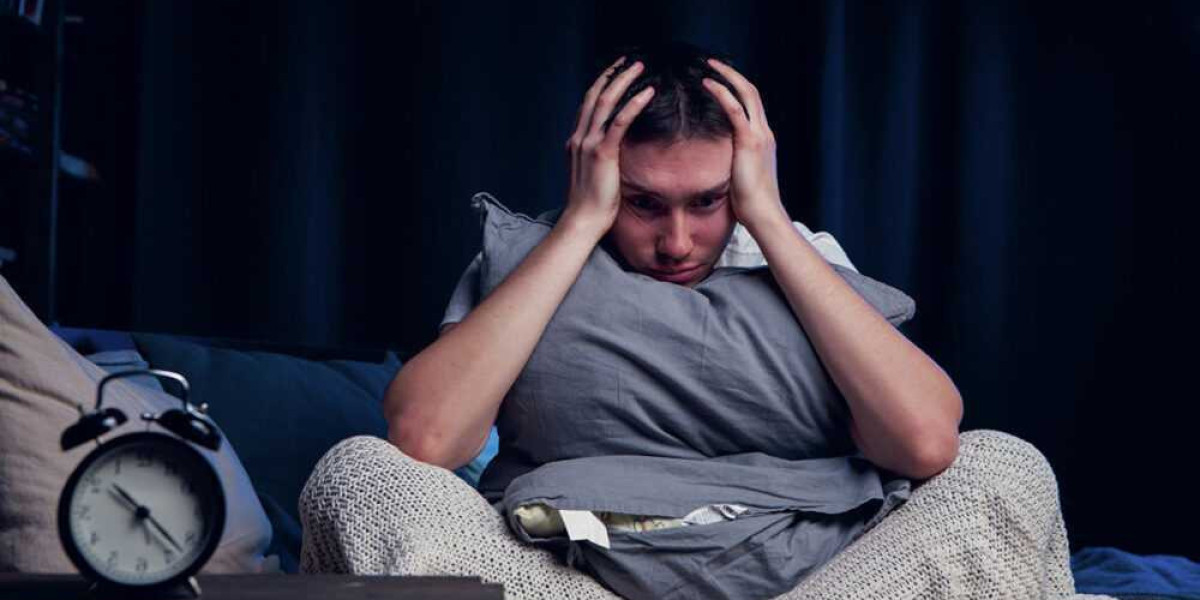The inability to fall or stay asleep is known as insomnia, and it affects a large percentage of people globally. While there are many causes of sleeplessness, exposure to light is one that is sometimes disregarded. Our internal clock that controls our sleep-wake cycle, or circadian rhythms, is greatly influenced by light, both artificial and natural. Gaining knowledge about how light affects insomnia might help you improve the quality of your sleep and your general wellbeing.
Light and Circadian Rhythms
Naturally, our bodies are adapted to the daily cycles of light and shade. The generation of the hormone melatonin, which induces sleep, is suppressed by exposure to light, especially light in the blue spectrum. Exposure to natural sunshine during the day helps align our internal clocks, indicating alertness and attentiveness. On the other hand, when night falls, the slow reduction in light causes the release of melatonin, which gets us ready for sleep.
Synthetic Light and Its Impact
Artificial light sources are widely available in the modern world, especially from electronic gadgets like computers, tablets, and smartphones. Blue light, which these gadgets emit and which resembles daylight, can seriously interfere with our regular sleep cycles. Extended screen time right before bed hinders the creation of melatonin, which makes it more difficult to fall asleep quickly.
Studies show that artificial light exposure, particularly in the hours before bed, not only causes sleep delays but also lowers the quality of sleep in general. People who have their melatonin levels suppressed may have irregular sleep cycles, waking up frequently during the night, or have restless nights.
Effects of Light on Sleeplessness
Controlling light exposure is essential for people with insomnia. Experts advise establishing a sleep-friendly atmosphere by:
Cutting Down on Screen Time: You can lessen the interference that artificial light has on the generation of melatonin by turning off your electronics at least an hour before bed.
Applying Light Filters: Blue light filters or "night mode" settings are available on certain gadgets and applications to lessen the quantity of blue light released. When the body is getting ready for sleep in the evening, these filters might be especially useful.
Encouragement of Daylight Exposure Engaging in daylight outdoor activities helps strengthen the body's innate circadian cycles. When compared to indoor illumination, exposure to natural light is helpful even on cloudy days.
Establishing a Sleep-Friendly Ambience: Making sure the bedroom is calm and dark helps you sleep better. Reducing ambient light sources and using blackout curtains can enhance the quality of your sleep.
Specific Deviations and Suggestions
It's critical to understand that everyone's sensitivity to light and how it affects sleep might differ. While some people may tolerate mild light exposure without experiencing appreciable affects on their quality of sleep, others may be more vulnerable to disturbances from light.
Medical professionals frequently advise a tailored strategy for treating light-induced sleeplessness. Behavioral tactics include creating a regular sleep routine and engaging in relaxation exercises prior to bedtime may fall under this category. Seeking advice from a medical expert or sleep specialist may be essential to investigate underlying reasons and create specialized treatment regimens for chronic sleep problems.
In summary
In summary, the contribution of light exposure to insomnia highlights the complex interplay between the environment and sleep quality. Although light is an essential cue for regulating our internal clocks, too much light, particularly from artificial sources, can throw these rhythms off and make insomnia worse. People can improve their general well-being and quality of sleep by taking proactive measures to establish healthy sleep habits and learn how light affects their sleep-wake cycle. Effectively controlling light exposure is essential to good sleep hygiene and, in time, can result in notable reductions in the symptoms of insomnia.








